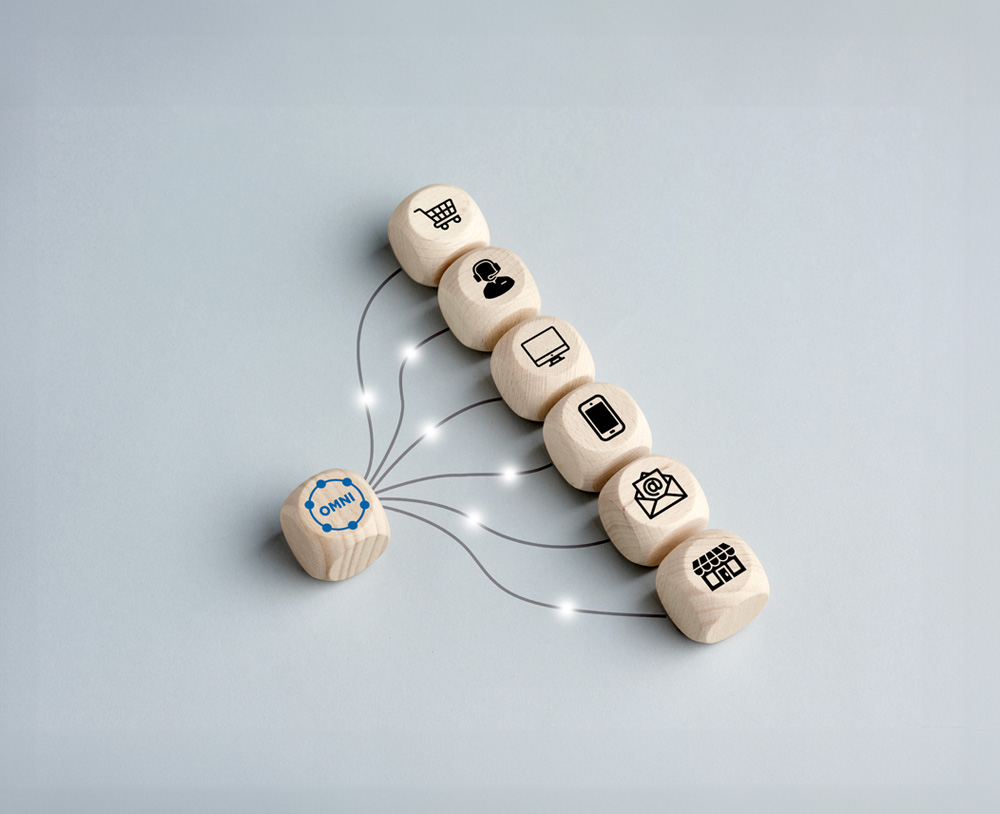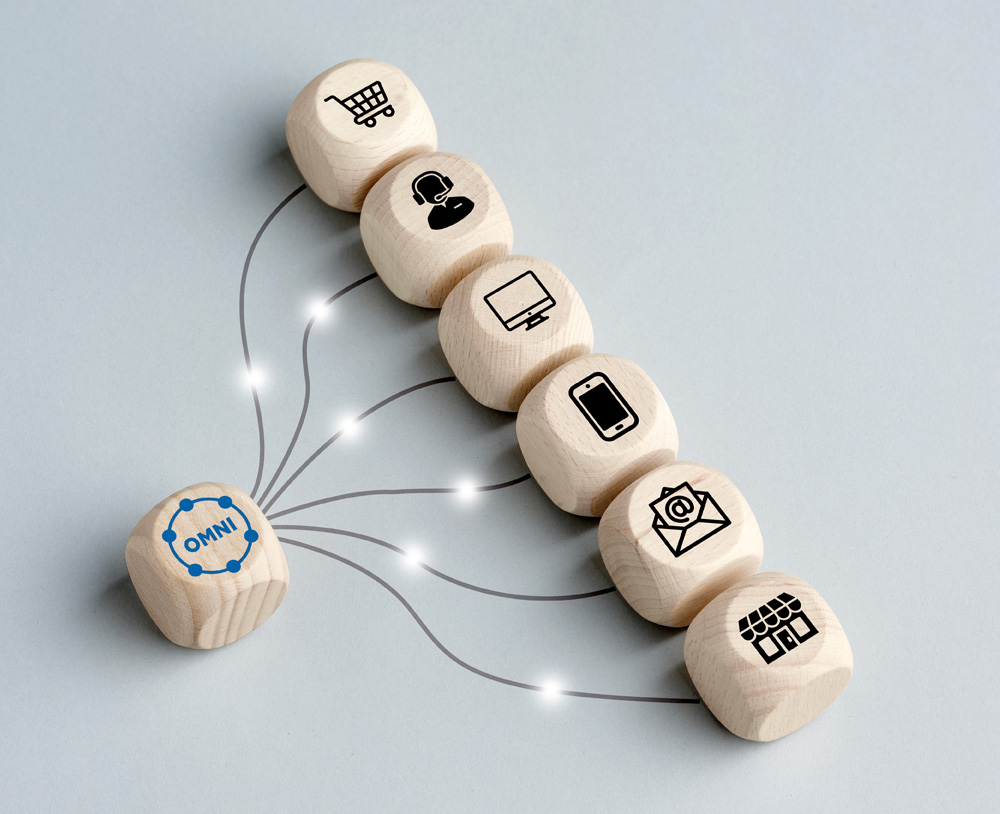
Article info
Journal of Retailing 98 (2022) 611–632
Perceived Omnichannel Customer Experience (OCX): Concept, measurement, and impact.
Authors: Syed Mahmudur , Jamie Carlson, Siegfried P. Gudergan, Martin Wetzels, Dhruv Grewal
https://doi.org/10.1016/j.jretai.2022.03.003
Retail has changed. Shoppers today jump seamlessly between websites, apps, and stores, researching on their phones, ordering online, and picking up in person. The article “Perceived Omnichannel Customer Experience (OCX)”, published in the Journal of Retailing (2022), explores how customers experience this connected world and how retailers can measure and improve it.
The study’s authors — Syed Mahmudur Rahman and colleagues — developed a comprehensive model for understanding the modern omnichannel customer journey, from first awareness to loyalty. Their research introduces the concept of Perceived Omnichannel Customer Experience (OCX) and builds an eight-phase measurement model to explain how shoppers think, feel, and act across multiple channels.
Rethinking Customer Experience for a Multichannel World
Traditional customer experience tools were built for single touchpoints: a store, a website, or a call center. But modern shoppers use all of these together.
The authors define OCX as “a customer’s evaluation of their seamless experiences across all of a retailer’s channels, as they move through the various customer journey stages.” Their goal was to identify the key dimensions that shape these experiences and test how they drive satisfaction, loyalty, and trust.
Theoretical Foundations: How and Why Consumers Evaluate Experiences?
The study draws on three major behavioral theories:
- Schema Theory – Shoppers build mental “schemas” to simplify complex information. Rather than judging each visit or click, they evaluate the overall brand experience.
- Categorization Theory – Consumers group experiences into categories based on similarity, adjusting when something feels inconsistent or unexpected.
- Means–End Chain (MEC) Theory – Customers link product or service features to outcomes and ultimately to personal values, explaining why certain experiences matter.
Together, these theories show how consumers process omnichannel experiences: they seek convenience, value, and confidence while minimizing effort. Each interaction — from online browsing to in-store support — feeds into a single, integrated perception of the retailer.
The Research Journey: Building the OCX Model
To capture this complex process, the researchers designed a mixed method eight-phase study involving thousands of U.S. omnichannel shoppers. Using laddering interviews, surveys, and experimental validation, they built and refined the OCX model.
- Phases 1–2: Exploratory laddering interviews identified 14 key attributes of omnichannel experience. From these, 129 potential survey items were drafted.
- Phases 3–5: Large-scale surveys refined these into nine dimensions, measured by 36 items, tested through confirmatory analysis.
- Phases 6–8: The model was benchmarked against SERVQUAL and proven to predict satisfaction, loyalty, and trust more accurately. A short nine-item version was also validated for practical use.
The results confirmed that shoppers evaluate omnichannel experiences through nine distinct but interconnected dimensions — each representing a stage in the journey.
The Nine Dimensions of the Omnichannel Journey
- Social Communications (Prepurchase) – The role of reviews, word of mouth, and social media in shaping trust before purchase.
- Value (Purchase) – How shoppers perceive price fairness, assortment, and overall value for money across channels.
- Personalization (Purchase) – The extent to which ads, offers, and promotions are tailored to the individual.
- Customer Service (Purchase & Postpurchase) – The quality and speed of help across touchpoints.
- Consistency (Throughout Journey) – Alignment of prices, products, and information across stores, sites, and apps.
- Information Safety (Throughout Journey) – Confidence that personal and payment data are secure.
- Delivery (Postpurchase) – The speed, reliability, and transparency of deliveries or pickups.
- Product Returns (Postpurchase) – Ease and fairness of returning or exchanging products across channels.
- Loyalty Programs (Postpurchase) – Integration of rewards and benefits across all shopping environments.
The Shopper Journey: WHO, WHERE, WHEN, WHAT, WHY, and HOW
The article’s findings provide valuable insights for understanding the full consumer journey, essential input for category management and promotional strategy.
WHO – The Shopper
OCX focuses on omnichannel shoppers: consumers who use multiple touchpoints fluidly. They seek convenience, value, and trust, relying on peer reviews and expecting personalized offers. They are informed, connected, and expect brands to adapt to them, not the other way around.
WHERE – Channels and Retailers
The study applies to omnichannel retailers operating both physical and digital touchpoints. Success depends on consistency, the alignment of pricing, availability, and messaging across platforms. Disjointed experiences lower satisfaction and weaken loyalty.
WHEN – Timing in the Journey
Rather than focusing on calendar timing, the research highlights journey timing:
- Before purchase: shoppers explore, compare, and rely on social communication.
- During purchase: value, personalization, and service define the decision.
- After purchase: delivery, returns, and loyalty programs shape retention.
WHAT – What Shoppers Buy
The context is consumer goods retailing, everyday categories where assortment, price, and value are critical. Shoppers buy what feels fair, convenient, and consistent across channels.
WHY – Why They Buy
Based on MEC theory (Means–End Chain theory), customers buy not just for utility but for emotional assurance. They want confidence, simplicity, and safety. The better the omnichannel experience, the stronger the trust and the greater the likelihood of repeat purchase.
HOW – How They Buy
The article offers clear insights into how shoppers move and decide:
- They navigate across touchpoints seamlessly, mixing online and offline steps.
- They evaluate holistically, not channel by channel, forming one integrated view of the retailer.
- They learn through feedback loops: early experiences shape expectations for later ones.
- They seek effort minimization: preferring brands that make the process simple and reliable.
This “how” reflects the psychological engine of the omnichannel journey, the way shoppers perceive coherence and control as they move from discovery to decision to postpurchase satisfaction.
What the Research Reveals
- Experience Drives Behavior: OCX predicts satisfaction, loyalty, and word of mouth better than older models.
- Promotions Reflect Personalization: One survey item explicitly measures whether “advertisements and promotions across all channels are tailored to my situation.”
- Consistency Is Critical: Shoppers expect uniformity across all touchpoints.
- Security Builds Trust: Data safety directly shapes perceived experience.
- Delivery and Returns Build Loyalty: Postpurchase interactions define long-term relationships.
Implications for Category and Promotion Planning
The OCX model provides a strong foundation for promotional and category strategies built on consumer behavior insights:
- WHO: Identify and target shoppers most responsive to personalization.
- WHERE: Ensure cross-channel consistency in product, price, and offer.
- WHEN: Match messaging to journey stage – awareness, decision, or loyalty.
- WHAT: Focus promotions on perceived value and assortment quality.
- WHY: Reinforce trust and ease, the key emotional drivers of repeat purchase.
- HOW: Design experiences that reduce friction, connect data across touchpoints, and make shopping effortless.
Retailers can use the OCX framework to pinpoint weak spots in the journey — whether in personalization, service, or postpurchase care — and translate them into focused actions that improve both experience and performance.
The Takeaway
The Perceived Omnichannel Customer Experience (OCX) study offers a new way to understand the modern shopper journey. It translates complex, multi-channel behavior into nine measurable dimensions that explain how customers experience a retailer from start to finish.
The research shows that consumers buy from brands that feel seamless, secure, and personally relevant and that these feelings can be measured, managed, and improved.
For marketers, category managers, and retail planners, OCX provides not just a theory but a roadmap: understand the journey, focus on the moments that matter, and align promotions, pricing, and service across every channel. Because in the omnichannel world, experience is everything.

